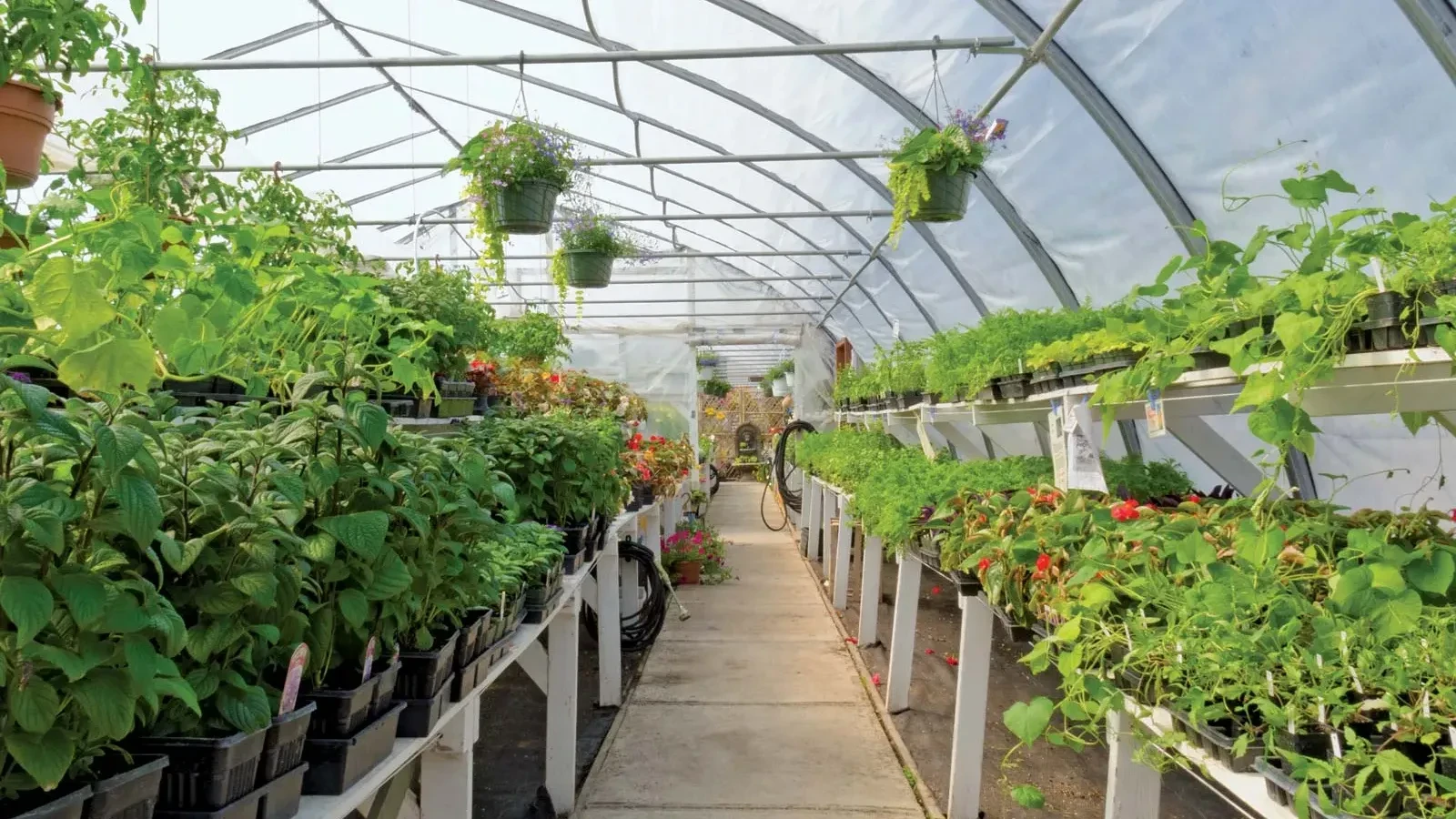Agro-technology’s tripling of cotton output highly inspiring

REPORTS that cotton farmers in the eastern zone have increased their yields in the past two years are, on the whole, motivating.
The reports were aired at a recent agro-sector series of exhibitions, with an explanation by eastern zone cotton board officials that the feat resulted from adopting better agricultural practices such as using modern seeds and following expert guidance.
It is important to continue conducting surveys relating to the speed at which farmers are likely to take up new technologies, how far they are facilitated and if earnings similarly improve.
One feature about the farm tools and technology uplift is that the zone has recently produced a national top farmer working in Ulanga District, Morogoro Region.
The idea in the demonstration is that it is still early days and work is proceeding to make sure that farmers shift to uplifted technology.
This will not be easy as much demands cash outlays, though this aspect wasn’t delved into with much detail, evidently to avoid discouraging the farmers.
The zonal cotton executive said the flagship yield farmer had meticulously followed recommended practices and the board has proceeded to recognise his achievement, awarding him a tractor.
There was nothing actually surprising that the significant increase in yield resulted from early land preparation as well as use of compost, organic fertilisers and other nutrients, not to mention timely planting at the correct seed density.
Definitely high output farmers would also have observed timely weeding and pest control with pesticides – even as other technicians recommend organic pest control methods.
Early harvesting and proper cotton processing contributed to the good yield prospects, to which would be added that “blessings” are needed to have no rains during that time.
It is hard to say how much of the success during the past season followed extensive farmer education and training on key practices, enabling a major shift in farming techniques across Iringa, Coast, Tanga, Kilimanjaro and Morogoro regions as reported by the board official.
Trouble here is that the more this observation is valid, the more disappointing in efforts to make healthy projections as to what follows, as cotton is an old cash crop where it is hard to say that anything new is being discovered.
If ensuring uplift in individual farming practices is a headache, it follows that generalised mechanisation is what would ultimately end all cotton crop headaches.
It is unlikely that we are too far away from that situation, as mechanisation farming of cotton and other cash crops only awaits a situation where farmers across a number of villages are ready to move to a township with modest well-built housing quarters and patches of land for, say, gardening and poultry, or other domestic crafts.
Most of the land would then be placed under farmers capable of purchasing the relevant machinery and inputs within the correct time frame.
How this situation is likely to come around is not overly complicated, as cash crops commonly elicit lower prices compared to previous decades mainly on account of mechanisation and mass produced inputs scaling down their pricing, etc. All it will take is innovation at the level of farmers’ cooperatives to transact the lands they hold for shares in such firms.
Top Headlines
© 2025 IPPMEDIA.COM. ALL RIGHTS RESERVED

















